




Abstract

I am interested in the abstract ‘formal qualities’, meaning those of colour, shape, texture, and others. I start with a proposal, an idea, the origins of which may lie in nature, sign and symbol, or that very abstract of all the arts, music. The images that I manipulate often derive from the graphic forms of ancient cultures.
 Details
Details

Abstract
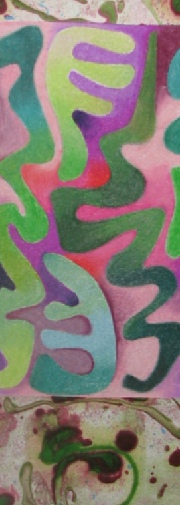

Archaic Script

In this small (28 x 20 cm) series of pastel and collage works I was interested in simple, ‘Classical’ compositions.
 Details
Details

Archaic Script
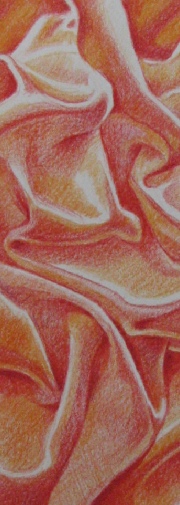

Drapery

My starting point is often the history of art. Like Alison Watt’s focus, not on the figure but the cloth draped on the body and what it tells us about absence, there is a vast field of reference to explore from the ‘damp’ Hellenistic, Nike of Samothrace, to the alienation of a ‘Wrapped Bottle’, by Christo.
 Details
Details

Drapery
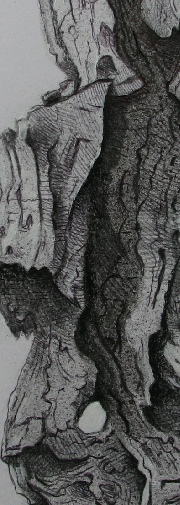

Driftwood

Drawing in its various forms is a constant discipline. I have in the past taken the most mundane items and made a series of studies, always with the objects floating in isolation on the page in order to emphasis the purity of the form.
 Details
Details

Driftwood
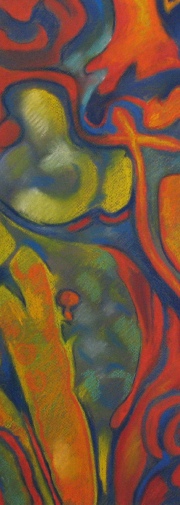

Histology

This series of soft pastel works on Fabriano Tiziano 160 paper, explore the boundary of the visible world, by using as a starting point; histology slides, light micrographs, scanning electron microscopes and transmission electron microscopes.
 Details
Details

Histology
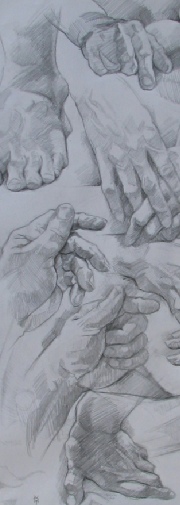

Life Drawing

For a number of years I have run the Newton Solney Life Drawing Group which meets Thursdays. I regard life drawing as an essential discipline for all my other work. It teaches one the difference between looking and seeing. It is about how to observe. .
 Details
Details

Life Drawing
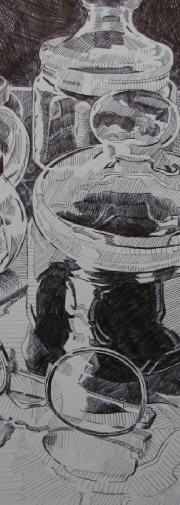

Reflections

When I was invited to run a workshop for BTEC students, I wanted them to look at the American painter Janet Fish and her treatment of light, reflections and transparency. Where Fish worked large with oil paint I wanted the students to work small with ink.
 Details
Details

Reflections
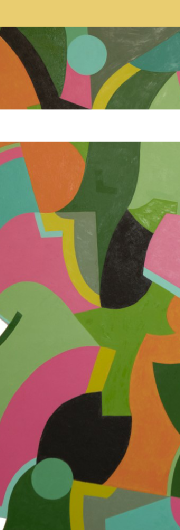
New Work
n this series David concentrated on shape and colour. Interested in the endless possibilities of the geometry of nets and tessellations,
 Details
Details
